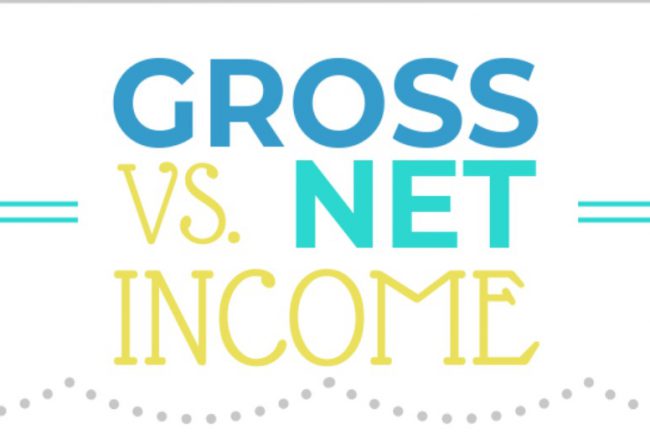
The more you reconcile any kind of account, the more likely it is that you will pick up discrepancies. When a parent company has several subsidiaries, the process helps identify assets. These may be the result of billing mistakes related to loans, deposits, and payment processing activities. A company would then be able to put right any mistakes in its financial statement. The result would give a far more accurate picture of the company’s true financial status. In this section, we look at some examples of accounts reconciliation to understand the scope of work involved in accounts reconciliation and the business bookkeeping software tools that can help ease the process.
- The correction will appear in the future bank statement, but an adjustment is required in the current period’s bank reconciliation to reconcile the discrepancy.
- Conversely, identify any charges appearing in the bank statement but that have not been captured in the internal cash register.
- Account reconciliation is a key accounting process for businesses of all sizes.
- First, there are some obvious reasons why there might be discrepancies in your account.
- Its purpose is to ensure accuracy and consistency of financial data, which is vital for informed decision-making and maintaining financial integrity.
Check For Accurate and Consistent Balances
For instance, you check for deductions in your internal records that have not been captured in your bank statement. The analytics review method involves the use of estimates to recognize discrepancies in accounting records and proves to be effective in identifying fraud and accounting errors. Companies also use the accounting process to prevent or, at least, check for fraud. Having to compare two accounting records helps a company accurately account for all its transactions. Where discrepancies arise, it helps you pinpoint the exact missing transaction and the accounting officer in charge of it. Account reconciliation is a key accounting process for businesses of all sizes.
After an investigation, the credit card is found to have been compromised by a criminal who was able to obtain the company’s information and charge the individual’s credit card. The individual is reimbursed for the incorrect charges, the card is canceled, and the fraudulent activity stopped. In single-entry bookkeeping, every transaction is recorded just once rather than twice, as in double-entry bookkeeping, as either income or an expense.
What is the Account Reconciliation Process?

Accountants typically perform an account reconciliation for all their asset, liability, and equity accounts. This process involves reconciling credit card transactions, accounts payable, accounts receivable, payroll, fixed assets, and subscriptions to ensure that all are adjusting entries always include properly accounted for and balanced. The bank discovered that the mysterious transaction was a bank error, and therefore, reimbursed the company for the incorrect deductions. Rectifying the bank errors bring the bank statement balance and the cash book balance into an agreement.
This generally takes place at the end of the month as part of the account closing process. This would be immediately before a business puts out its monthly financial statements. We refer to them as bank, vendor, customer, business-specific, and intercompany reconciliation.
This process helps detect errors, prevent fraud, ensure regulatory compliance, and provide reliable financial information for data-driven decision-making. Historical details of cash accounts or bank statements are used to identify irregularities, balance sheet errors, or fraudulent activities. One example of where this method is used is a case scenario involving a company that records an average annual revenue of $50 million based on historical records. Account reconciliation comes in various forms, each tailored to address specific financial aspects and discrepancies within an organization.
Who should prepare the account reconciliation?
As a result, the accounting industry has sought ways to automate a previously strenuous manual process. The pressure of SOX is coupled with the perennial need to mitigate erroneous reconciliation in the process. While you can perform account reconciliation manually, you can save valuable time and energy when you use accounting software tools to reconcile your accounts. If you use accounting software tools for your financial transactions, the software will automatically record your transactions, making it depreciation tax shield calculation easy for you to perform account reconciliations. Here, they’d match records like receipts or cheques with entries in the general ledger. This is a bit like carrying out a personal accounting reconciliation using credit card receipts and a statement.
While scrutinizing the records, the company finds that the rental expenses for its premises were double-charged. The company lodges a complaint with the landlord and is reimbursed the overcharged amount. In the absence of such a review, the company would’ve lost money due to a double-charge. It helps you track expenses, income, and other financial data to keep your business finances in order. Intuit QuickBooks is a financial accounting software program developed by Intuit. QuickBooks offers a range of features for small businesses, including bookkeeping, invoicing, and payments.
This can help businesses identify any discrepancies in their accounts and resolve them quickly. Account reconciliation ensures that a company’s transactions match independent third-party reports. It verifies that the total sum leaving an account matches the amount spent and confirms that both accounts balance at the end of the accounting period. Reconciliation is an accounting procedure that compares two sets of records to check that the figures are correct and in agreement and confirms that accounts in a general ledger are consistent and complete. In double-entry accounting, each transaction is posted as both a debit and a credit. This software automatically collects data from a company’s various sources of financial information stored digitally across various platforms.
